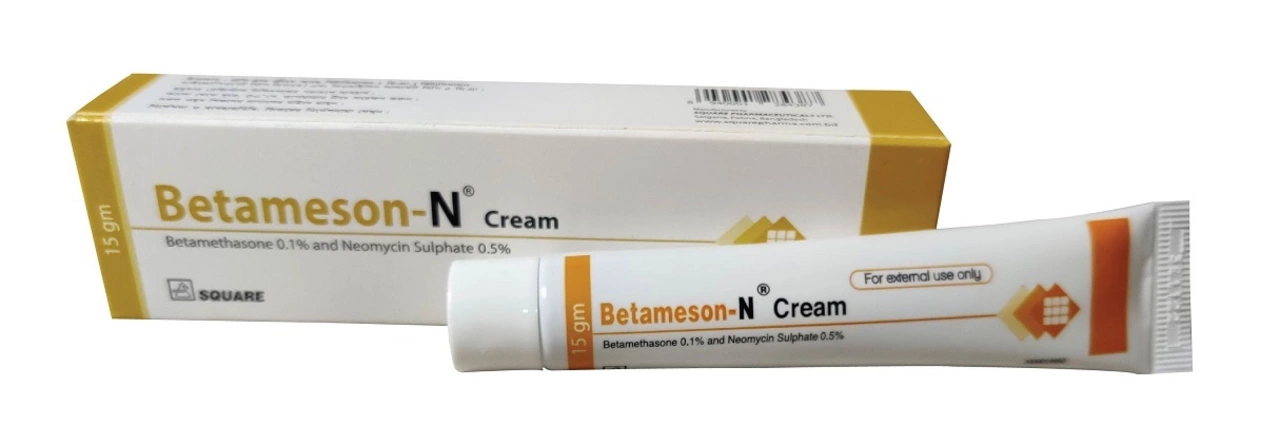Skin Conditions: Practical tips for rashes, itching, and spots
An itchy patch, a new rash, or a stubborn sore can be annoying — and sometimes serious. Skin problems show up in many ways: redness, bumps, peeling, blisters, or persistent dryness. You don’t need a medical degree to take sensible first steps. A few clear moves at home usually helps, and knowing the red flags keeps you out of trouble.
Quick, useful steps you can do at home
Start with gentle care. Clean the area with mild soap and water, pat dry, and avoid harsh scrubs. For dry, scaly skin, apply a fragrance-free moisturizer twice daily. If it itches, try a cool compress or an over-the-counter antihistamine at night so you can sleep. Don’t scratch — that invites infection. For localized fungal issues (like athlete’s foot or ringworm), OTC antifungal creams usually clear things in 1–2 weeks.
For acne, keep skin clean without overwashing, use non-comedogenic products, and try topical benzoyl peroxide or salicylic acid. For flaky, inflamed patches that burn or are worse with stress, simple steroid creams (short course) can calm inflammation, but use only as directed.
When to see a provider and what they’ll consider
Reach out to a clinician if the rash spreads fast, is painful, has pus, comes with fever, or affects eyes, mouth, or genitals. Sudden blistering, signs of allergic reaction (swelling of face or breathing trouble), or a rash after a tick bite also needs prompt care. Your provider will look for patterns: location, triggers, timing, and any new meds or products you used. Tests aren’t always needed, but swabs, skin scrapings, or a brief blood test can help diagnose infections, allergies, or autoimmune causes.
Treatment depends on cause. Antivirals like acyclovir (Zovirax) treat cold sores and shingles early. Antibiotics treat bacterial skin infections — sometimes oral, sometimes topical. Antifungals clear fungal infections. Anti-itch creams and short steroid courses calm inflammation. For persistent or unclear problems, dermatologists may suggest patch testing, prescription topicals, or light therapy.
Buying medicines online can be tempting. If you go that route, use pharmacies that require a valid prescription, show clear contact info, and have good, verifiable reviews. We have guides on safe online pharmacies and how to order common skin meds responsibly. Never buy drugs that look counterfeit, and talk to a clinician before starting prescription meds.
Small changes prevent many problems: avoid fragranced products, use sunscreen, wear breathable fabrics, and keep nails short to reduce damage from scratching. If a skin issue keeps coming back despite home care, get checked — early diagnosis often means simpler treatment and better results.

The benefits of using betamethasone for skin conditions in children
As a parent, I've found that using betamethasone for my child's skin conditions has been a game-changer. This powerful corticosteroid cream has effectively reduced inflammation and itching, giving my little one much-needed relief. I noticed that their skin began to heal faster, and they were able to sleep better at night without constantly scratching. Another great thing about betamethasone is that it's available in different strengths, making it suitable for various skin conditions in children. Overall, I highly recommend giving betamethasone a try if your child is struggling with skin issues.
